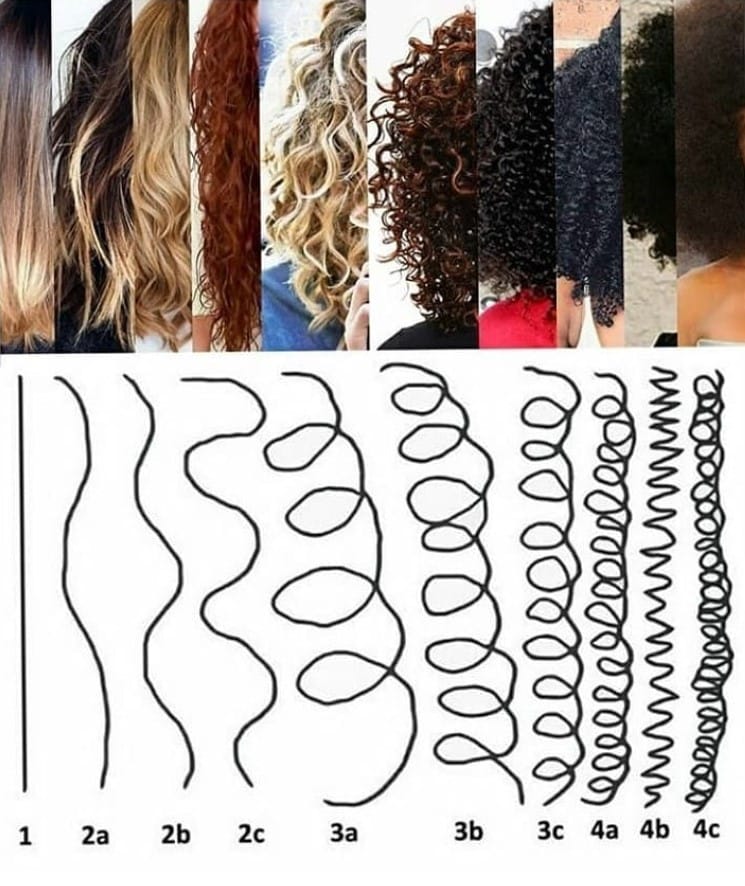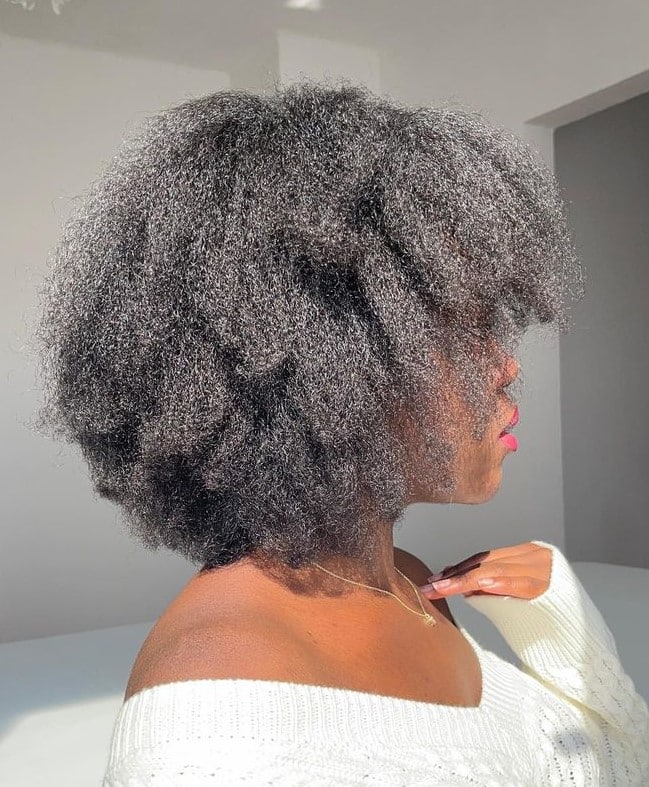Undoubtedly, distinguishing between 4A, 4B, and 4C hair is one of the most challenging things. Well, at least it is quite a challenge for me to understand my hair type. I often needed clarification on 4B and 4C hair, and it was a few years ago I discovered I had 4C hair. Understanding your hair type is important in choosing the right products and hairstyles that suit you best. In this article I’ll delve into type 4 hair, provide a chart for type 4 hair, and the best hairstyles and products, but first, let me give you a bit of a background and history of the richness of African hair.
Background: Embracing the Beauty and Diversity of African Hair
From time to time, you will hear black women saying that they are having a “bad hair day.” But where did we learn about bad and good hair valuations? Why are kinky hair textures and coil hair considered bad, whereas straightened silky hair is considered “good.” It’s high time black women embrace their hair and stop placing type 3 or 4 hair low on beauty standards. Okay, let me give you a brief history of our hair and why we should learn to embrace it and stop using derogatory terms.
Throughout history, African women have always been very creative about hair styling and manipulating their hair; this dates back to the 15th century, whereby some symbols and meanings were attached to hair, for example, depictions of the Yoruba and Mandingo people in Africa (Majali et al., 2017). However, hairstyling was more than just that; it was considered a bonding session that united communities and individuals. Hair was considered a sense of identity among individuals and communities.
However, colonization and slavery, which brought Africans in touch with the Western world, saw the adaption of new ways to maintain their hair. This was one of the key factors that led to changes in African hair practices; African hair started being associated with negative meaning, and women began seeking straighter and silky hair to fit into the Western World (Majali et al., 2017). However, I urge us to revisit history and embrace our cultural diversity. Let’s learn to embrace type four hair, as it expresses the richness of human diversity, and celebrate our cultural pride and resilience.
What is Type 4 Hair?
Type 4 hair, commonly called coily or kinky hair, is defined by zigzag patterns, tight coils, and defined curls. 4A, 4B, and 4C are the three subcategories of type 4 hair; each of which has unique traits. This hair type is quite versatile and provides a wide range of styling options, but at the same time, it requires special care and maintenance to ensure its health.
Type 4 Hair Chart: Understanding the Diversity
Type 4 hair chart is a great guide for understanding type 4 hair and distinguishing between 4A, 4B, and 4C hair. The chart below illustrates the various textures and curl patterns, this can help you in identifying your hair type.

4A hair type
In terms of its coil pattern, type 4A hair has coil curls similar to the number “3.” The hair is quite bouncy and springy. Regarding its texture, type 4 hair has quite a soft feel; if not taken care of, these hair strands can break easily. Type 4 hair tends to have higher porosity than 4C, which has very low porosity.

4B hair type
Type 4B hair has tighter coil patterns compared to 4A hair. This hair has less defined hair curls. In terms of its texture, this hair has a wiry or cottony texture. It tends to be quite voluminous and thicker in appearance, but it is prone to shrinkage. Like the other type 4 hair types, this hair can also be manipulated and styled in various ways.

4C Hair Type
One of the major characteristics of type 4C hair is its tight and densely packed coils. The hair has quite a kinky texture that appears dense. Besides, 4C hair is popular for its shrinkage; it tends to appear short when dry. 4C hair also has low porosity, which tends to absorb hair products less readily. One of the major characteristics of type 4C hair is that it tends to shrink a lot. It is also quite voluminous. However, this should be fine with you, as various low-porosity products are designed for type 4 hair.

Top Products for Type 4 Hair
As mentioned above, using the right products is significant in caring for type 4 hair and reducing breakage. It took me a couple of years to find products suited for my type 4C hair, and finding the right products is all about trial and error. However, here is a general list of some of the best products for type 4 hair:
- Best Shampoo for type 4 hair: SheaMoisture Shampoo
- Deep Conditioner: TGIN Honey deep conditioner
- Leave-in Conditioner: TGIN Miracle Repairx Protective Leave-In Conditioner
- Best Edge Control for type 4 hair: Creme of Nature Perfect Edges Extra Hold
Hairstyles for Type 4 hair
One of the key benefits of type 4 hair is that it is quite versatile and can be styled in various ways. Some of the trendy styles for type 4 hair include:
- Twist-Outs: This involves dividing hair while wet, twisting it, and allowing it to air dry. It is a great style for achieving defined curls and volume.
- Slick back ponytail: For this hairstyle, you’ll need a nice bristle brush, edge control gel, and high-shine hair spray.
- Bantu Knots: You can create intricate knots to protect your hair and create a statement.
- Protective Styles: The beauty of type 4 hair is that you can experiment with various protective styles, including jumbo knotless braids, boho braids, or faux locs.
Conclusion
All in all, type 4 hair should be embraced for its diversity and versatility. ZigzagZigzag patterns and kinky or oily texture characterize type 4A, 4B, and 4C hair. Selecting the right products is key to reducing breakage and maintaining the hair. This hair can be styled in various ways, including protective hairstyles, twist-outs, or slick-back ponytails. To many, hair is considered a fashion statement or symbol of status.
Reference
Majali, Z., Coetzee, J. K., & Rau, A. (2017). Everyday hair discourses of African Black women. Qualitative Sociology Review, 13(1), 158-172.
